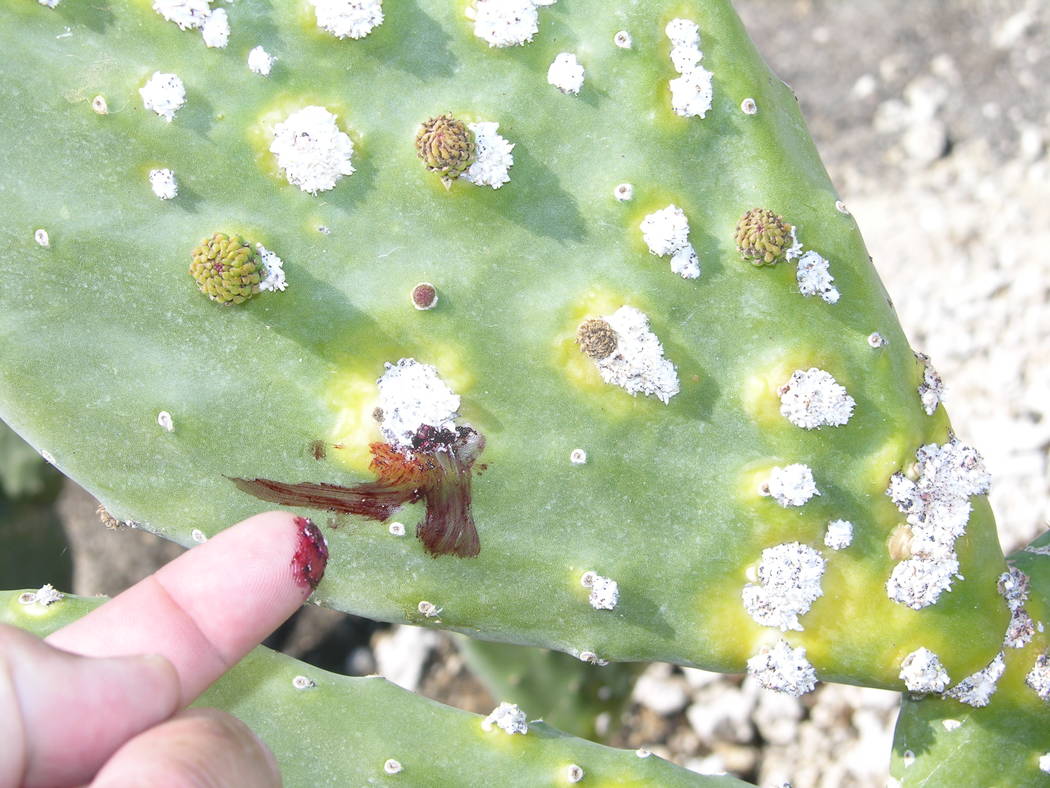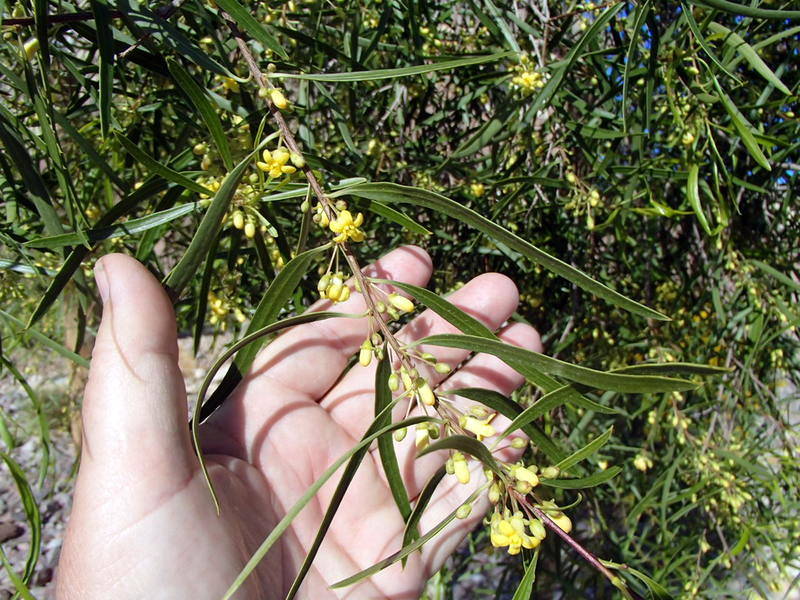Weedkiller takes at least seven days to take effect



Q: This year has been the worst for weeds and grass coming up through the rocks. I’ve tried Bayer Advanced all-in-one concentrate that acted like a fertilizer and strengthened their growth. I got Roundup weed and grass killer concentrate. Two weeks later and the grass is coming up like I planted it. What do you suggest I use to spray on this grass to kill it?
A: Roundup weedkiller is an excellent grass killer if applied properly. Please remember this weedkiller will not kill plants in less than a week. It needs at least seven days to take effect in warm weather and more days during cooler or cold weather. You might see some yellowing or change to the leaves in fewer days than this. It depends on the plant.
Use the concentrated product rather than ready-to-use if you never used it before. The ready-to-use form is excellent if you used Roundup in the past, you know which weeds you are killing and how they will react to this weedkiller.
When mixing this product, read the directions carefully. The directions tell you how many ounces of water should be mixed with the concentrated product. If you never used this product before, use the highest number of ounces mixed in a gallon of water allowed on the label.
Water the weeds with a hose to wash off any dirt. Dirt on the leaves can interfere with how well it works.
Mow tall weeds or have them cut with a line trimmer before applying Roundup spray. The Roundup spray mixture must contact green leaves for it to be effective. Roundup does not enter through roots but through leaves, so only use enough water to get the leaves wet.
Don’t sprinkle irrigate for at least 12 hours after they are sprayed. Keep kids and pets out of the area for 48 hours. If you are not confident with this application, then hire someone or have a friend or neighbor apply it for you.
Q: People in the house before us had grass in the front and in the back. Before selling the property, they put plastic sheeting over the grass and rocks on top of that. The plastic, I think, is just keeping everything moist underneath it, and the grass and weeds just keep on coming up.
A: Putting plastic under rock mulch is never a good idea. Think of it this way: Plastic is temporary. Rock is permanent. Never put something temporary under something permanent.
Putting temporary plastic mulch under permanent rock mulch always results in plastic emerging through the rocks at some time. This is unsightly. Weeds emerge through holes in the plastic and the plastic eventually emerges through the rock. This requires the owner to pull the plastic out from under the rocks to keep it from becoming unsightly.
A more effective and permanent mulch under the rock is made from landscape fabrics. These fabrics are either woven or spun with tiny holes in them for air and water and have a long durability. They last a lot longer than plastic.
They are expensive compared with plastic. And landscape fabrics do not prevent Bermuda grass or nutgrass from coming through it — a couple of very tough weeds to control.
Instead, put down a thicker layer of rock 3 to 4 inches deep and no smaller than 1/2 inch minus. Over time, dirt accumulates in rock mulch and weeds grow in it, but at least they will be easier to pull or kill.
The secret to good weed control is killing weeds as soon as you see them. During the first year, this requires weekly visits to your landscape and removing them with a hoe, pulling, using a fire weeder or chemicals. If pulling them, water the area first and pull them 30 minutes later. They are much easier to pull.
The first time controlling weeds, knock them all down by hand, fire or with chemicals and remove any weeds with flowers or seedpods from the property. In one to two weeks, weeds will come back with a vengeance. Control these infested areas as soon you see them.
The third week, other areas will emerge with weeds. Control them immediately as well. Do this persistently and weekly for the next two to three months, pulling or killing them as soon as they appear.
In the second year, most of the weeds will be controlled. Just control the hotspots. By the third season, hotspots will appear occasionally, and then control is needed only as weeds become problems. Yes, this sounds like a lot of work but most will be under control in two to three months, and the work becomes easier.
The mistake people make is diligence, staying on top of it. Once weeds become established, you lose the “war against weeds.”
Q: I have cacti that attract the red insect that covers it with the white cotton-like substance. Would it help if I cleaned them off and then sprayed the cactus with Volck oil?
A: This is a red cochineal scale insect causing this white, cotton-like substance. They live under this cottony mass, sucking plant juices from the cactus and protected by their cottony house. If you push on this cottony mass with your finger, the insect leaves a red dye on your fingertip.
I used to spray cactus with a sweep nozzle on the end of a hose to knock off the white cottony stuff. It works, but during the warm summers, the insects are back infesting the cactus with their white cottony stuff in about one week. The secret to long-term control is knocking off the cottony stuff and then immediately spraying the cactus with a pesticide.
Oils like Volck Supreme by Ortho or Neem oil works for a while after you knock off the cotton mass. But the insects will be back.
I have not verified this, but I heard that Volck Supreme oil has been discontinued by Ortho, the manufacturer. But that rumor has been floating around since 2014. Monterey and Bonide make good oils as well. All of them are insecticidal oils and kill insects by smothering them.
If you apply oils during the summer, apply in the early morning when temperatures are cool. The label warns not to use it when temperatures are too high. Spraying oils during hot summer months can result in plant damage. Never spray plants with flowers that are open because of honeybees.
This insect will return so repeat sprays will be required as these cottony masses begin to build again. There are other insecticides available giving better contro, but they have their downside so I hesitate to mention them. Try the oils first. Also, try soap and water sprays.
Q: I have two similar African sumac trees. One faces north, the other south. Both are about the same age, watered and fertilized the same. The south tree almost continually puts out ground shoots while the north tree seldom does. Any ideas why?
A: Put African sumac trees in the same category as mulberry and many of our ash trees regarding their sexuality. African sumac has separate male flowers and female flowers, and they grow on separate trees. This means that some trees are male, and some trees are female. The female trees are the problem.
Female trees produce seed. Seed drops to the ground and germinates easily everywhere. They also produce suckers so they can sucker from the soil as well as spread their seeds. Birds like to eat these seeds so they help in dispersing them.
African sumac is regarded as invasive in several states. In the desert, it can be invasive along natural waterways because the seed germinates easily. It’s a nice-looking tree, but I don’t care for it for these reasons.
Q: About three weeks ago, I laid tall fescue sod in my backyard. I put some top soil under it for a base before I laid it. I religiously watered the sod twice a day. Today I removed the sod because it was all dead. No roots emerged. What did I do wrong?
A: I am not sure you did anything wrong. If you kept the sod wet after it was delivered and planted it right away, it should have grown.
I have seen problems with sod when it was laid on very hot ground. During the middle of summer, bare soil can be 165 to 170 degrees F, hot enough to cook the roots of grasses laid on top of it. If you spray Roundup on bare soil, wait seven to 10 days before laying sod or planting seed because this chemical can damage it.
If soil temperatures are hot, lay the sod during early morning hours. If it must be done during the heat, lightly spray the soil with water just ahead of where you are laying it. The spray of water helps cool the soil as you’re laying it down. The downside is the soil can get quite muddy.
The best time to plant fescue seed is from the middle of February until about May 1 and then again from mid-September until mid-November. With sod, extend the season a couple of weeks longer in the spring and later into the fall.
Topsoil put down for sod should be at least 6 inches deep or more. Another option is to apply 100 percent compost, 1 inch deep, and rototill it into the soil as deep as you can. Roll the soil before laying the sod.
After laying sod, roll it again with a water roller or steel drum roller after it has been irrigated two or three times. Rolling it and keeping the soil wet helps to “knit” the sod into the soil beneath it.
Pull on the sod after two weeks and see if it is starting to knit into the soil beneath it. Knitting is growing roots into the soil from the sod. If it is knitting, then water less often but water it longer.
Bob Morris is a horticulture expert living in Las Vegas and professor emeritus for the University of Nevada. Visit his blog at xtremehorticulture.blogspot.com. Send questions to Extremehort@aol.com.













